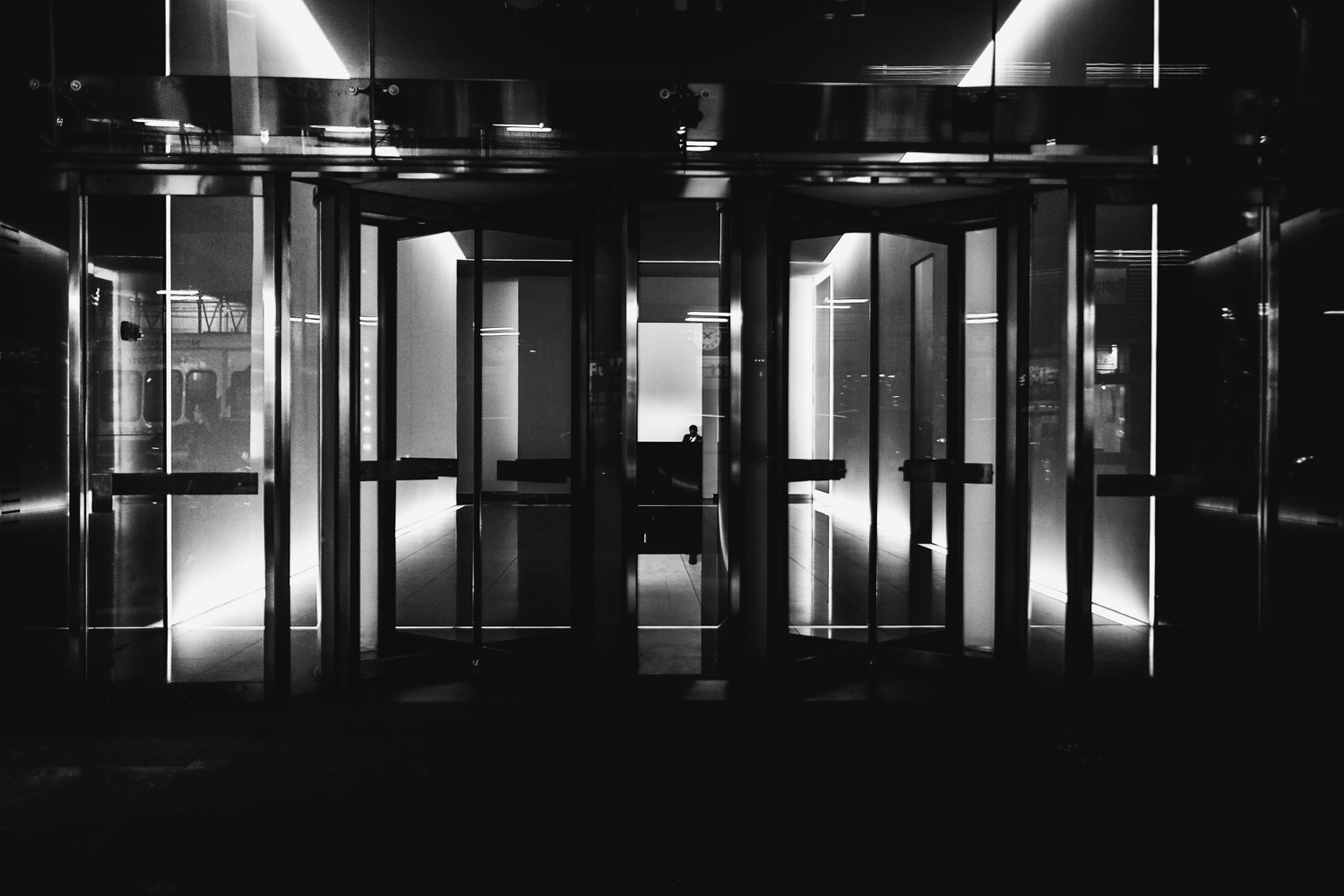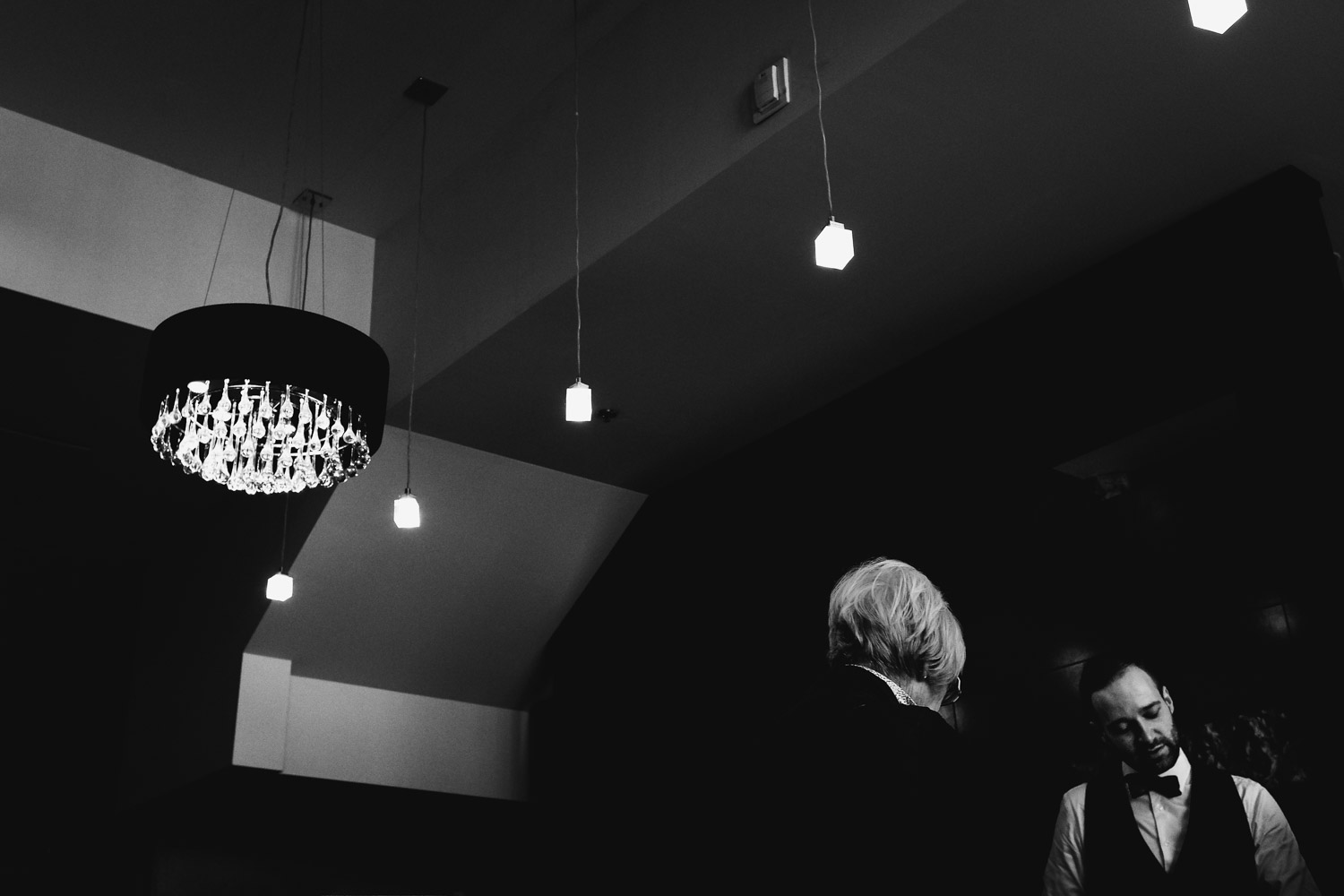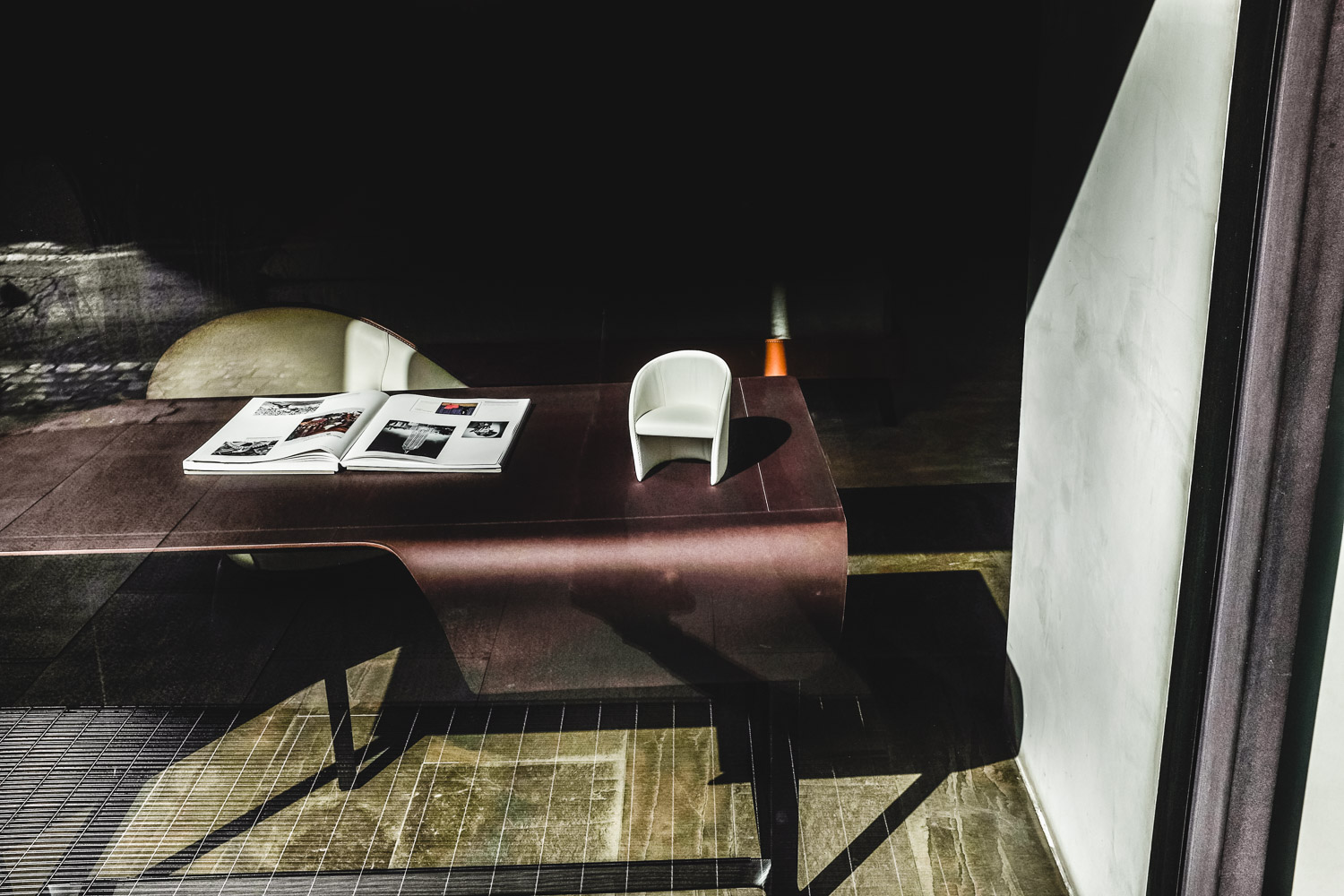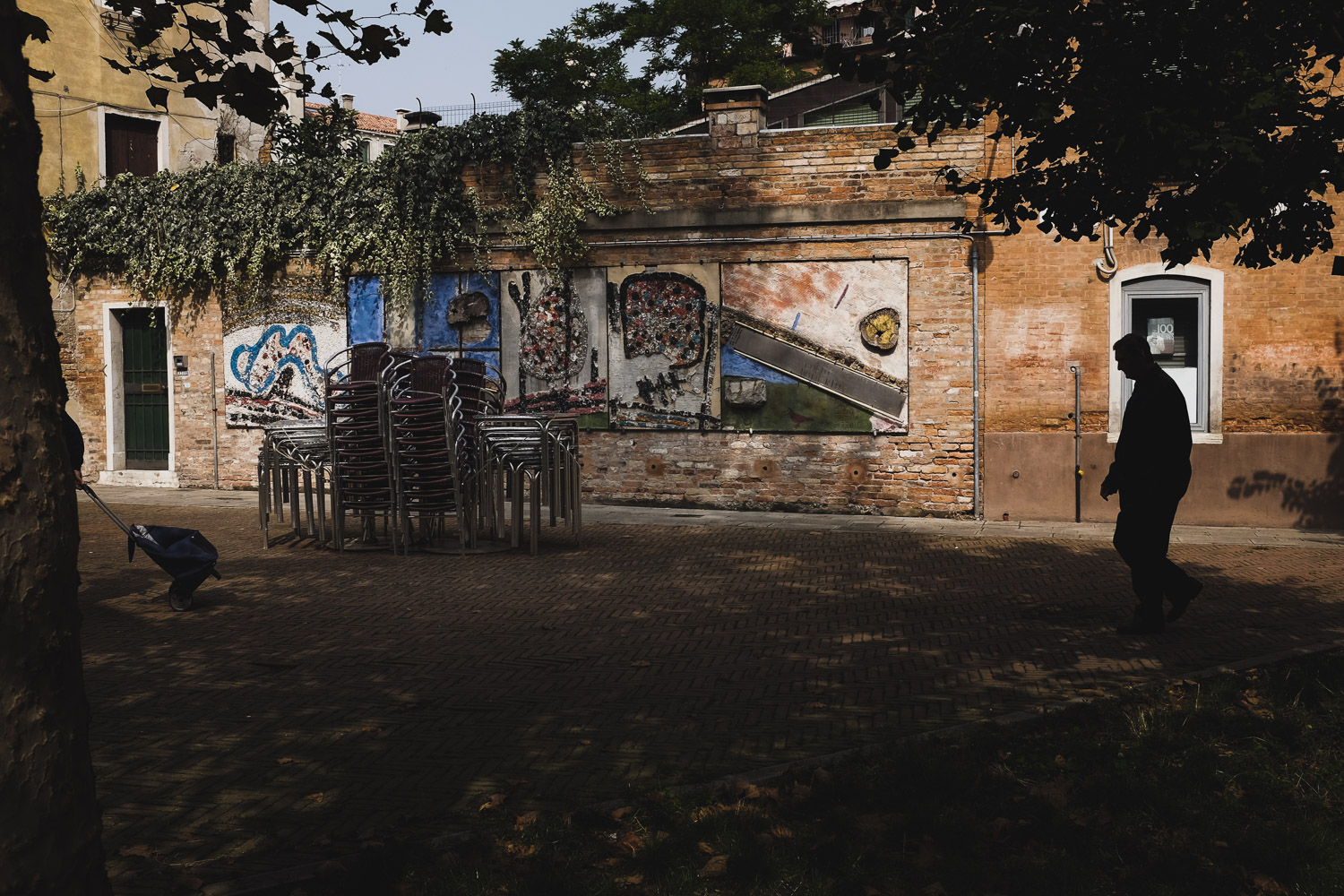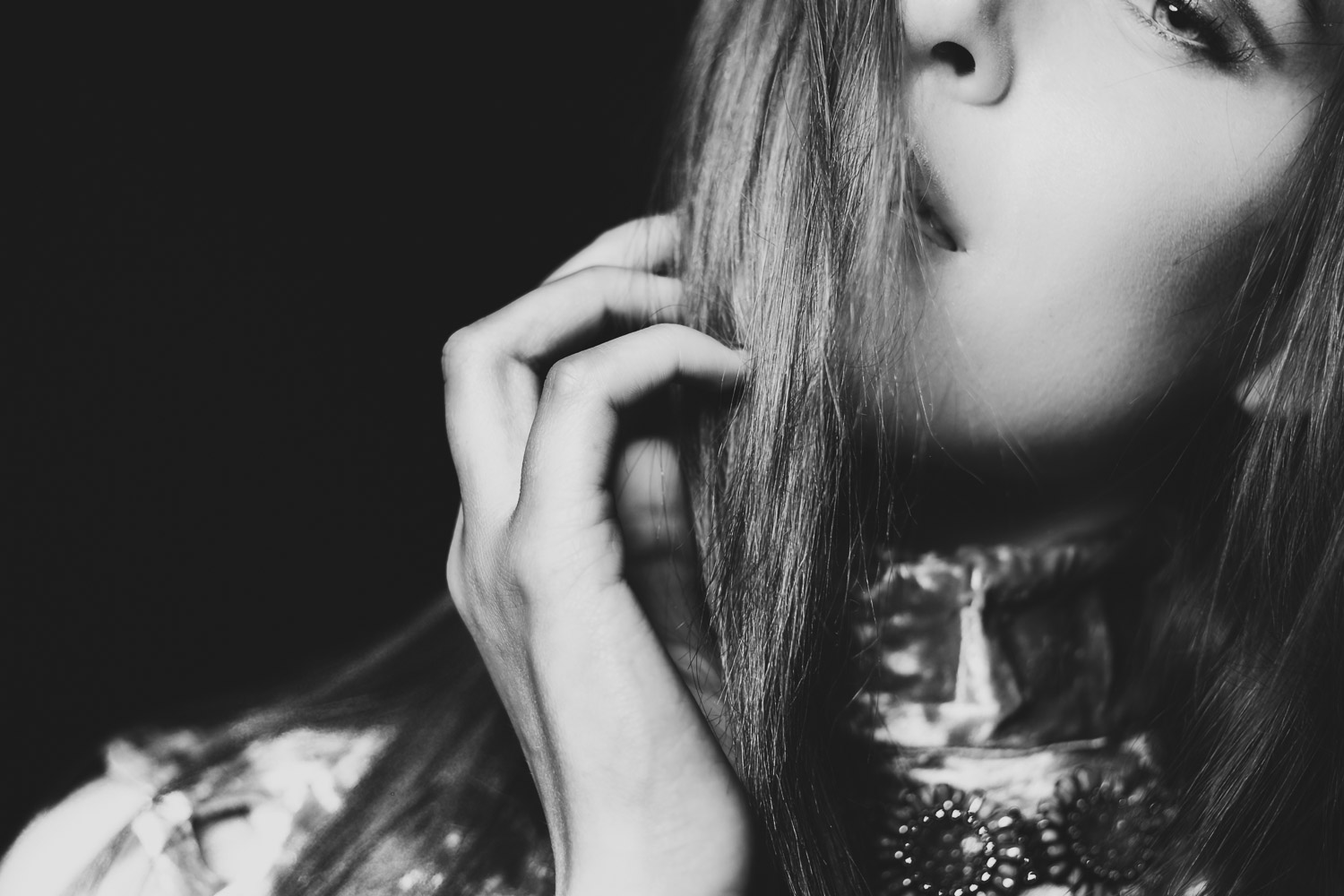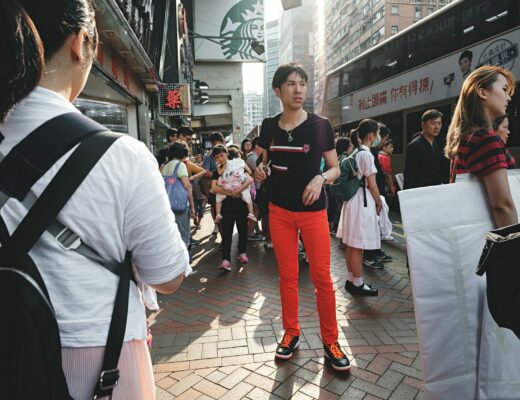I don’t drive a stick shift. My wife tried teaching me a couple of times (stop snickering, I can hear you) but I just can’t manage the rhythm and frankly, I don’t have the patience. So of course I consider anyone who drives one to be utterly clueless and moronic.
Wait… What?
Moving from a DSLR to an X-Series camera requires an adaptation not everyone is willing to take on and it can quickly become a polarizing subject. I was recently alerted to a photographer, high up on his social soapbox, calling the entire X100 line little more than consumer toys no self-respecting street shooter should even consider using. The point of the rant? If you shoot REAL street, you use a DSLR. Be a man damnit.
And stick shifts are stupid and get off my lawn and…
Change is hard, especially when it implies modifying deeply ingrained reflexes on which we’ve relied for years, that have served us well and have allowed us to achieve our goals. But while change shouldn’t be an end in itself, it still remains at the core of any worthwhile transformation.
But what exactly are these transformative agents? Do they even exist? Is there anything about these cameras that eventually alters the way we work as a whole? In my case, I’ve pinpointed three elements that have irrevocably impacted how and what I shoot.
THE ALL-SEEING EYE
The first time I looked through an EVF was on my brother-in-law’s bridge camera many, many eons ago. I can’t remember the manufacturer or the model but needless to say, it sucked. When I bought the original X100, the optical viewfinder was a deciding factor; in fact I barely touched the EVF for the first six months, unless I was switching to macro mode in which case I didn’t have a choice. But this much maligned technology has come a long way since then; in fact it’s now something I can’t live without. And it’s much more than skin-deep too: my entire flow and rhythm have been altered, from the way I expose a shot to the way I mentally register what I’ve captured. The EVF has an impact not only on our ability to make technical decisions—thanks to wysiwyg previews and live histograms— but also at an emotional level, in the way we perceive a scene through the camera’s color treatment, contrast, tonal range and depth of field. Seeing how the camera sees before clicking that shutter… It’s a powerful tool that potentially modifies our entire thought process, the most extreme example being the ability to look at the world in black and white and the impact this can have on our comprehension of contrast, ultimately on our choice of subject.
I also make extensive use of Image Preview—another feature I never thought I’d use—to get a quick 0.5 second flash of the frame I’ve just taken, without having to remove the camera from my eye. Yes, it breaks the continuity and adds “lag” time but… This has all but freed me from chimping—no small achievement. Sometimes I’ll only look at the back of my camera once or twice every hour once I get going, sometimes not at all depending on the type of shoot, all the while knowing I’m covered and confident in what I’ve got on the card. Is it something you need to get used to? You bet; it’s an adjustment that isn’t at all obvious at first. But it’s one of the first settings I change when I get a new Fuji camera and is now an essential part of my workflow. All of the above rely on EVF technology (or the hybrid viewfinder which incorporates it). I wouldn’t go back.
THE SLOW, SILENT GROOVE.
Autofocus keeps improving, getting faster and more precise with every firmware or hardware release. But as important as it is, my eyes glaze over when someone starts bitching about autofocus speed. For me, no matter how fast or predictive or accurate the cameras becomes, the revolution stems from pulling back, moving away from quick draw shooting and slowing way, way down. It has made me a more empathetic photographer, forcing me to anticipate moments, honing my reflexes. My documentary or street camera of choice remains the X100T (X100 and X100S before it) and I’ll take its low profile and silent operation over raw operational speed any day of the week. I’ll take its 35mm intimacy over any stabilized zoom. I know this is all obvious and no real revelation to anyone here but it bears repeating in the context of this post: nothing has been more transformative for me than this slow, silent groove that is now the backbeat of everything I do.
EMBRACING A LOSS OF DATA
At the risk of being controversial, I can’t speak of change without touching on the subject of raw vs jpeg. I was once a raw bigot, thumbing my nose at anyone who would even dare to mention using jpegs—until I bought the X100, went to France (without a raf decoder available at the time in Aperture) and decided to take a chance on the Fuji engine. I never looked back.
To be clear: I still shoot raw on client jobs (raw+Fine) and I don’t argue its advantages: they’re all true, all real. But once you’re aware of the limitations and the need to get things as right as possible in-camera, once you understand what can and cannot be achieved in post and how far you can push or pull the files, shooting jpeg with these cameras isn’t just a throwaway possibility but a real option, one that allows for a lightening of the overall workload while offering the added bonus of using the X-Series’ film simulations and custom settings. It may seem counterintuitive to choose a compressed format and some will likely hang me from the rafters for even mentioning it, but there you go. 95% of my personal work is shot in JPEG, smaller bit depth and colour space be damned.
So the third transformative agent in my case—and I do stress the personal part— is this: I’ve learned to embrace a loss of data. I will shoot an image with the blacks completely blocked if it makes sense visually; I will blow out highlights if I don’t need them; I’ll do it in JPEG, knowing I can’t recover, if I know it’s the right decision to make. Free fall. I’ll still cover the bases if I have any sort of doubt but in the end I’m not a data collector, I’m a photographer in search of an emotional response. Dynamic range isn’t an absolute, it’s one component out of many, one that sometimes needs to be fully extended and other times needs to be compressed into nothingness. Is it safer to shoot raw and make sure every single bit of data is available? I won’t argue that it isn’t because it is; of course it is. It allows us to defer certain decisions until we’re sitting at the computer and/or correct mistakes made in the field, gives us everything the sensor is able to provide and tons of headroom if done properly. But flying without a net and learning to work within a certain set of limits has been a big part of the experience for me: the simulations and baked-in settings provide a different baseline to work with in post and in many ways force me to think along somewhat analog-like terms, where black and white is black and white and white balance isn’t infinitely malleable. Call it all an inspiring feast of constraints…
THE HIGHWAY
I won’t advocate any of the above as being how you do it and I’m sure as hell not going to call anyone an idiot if they don’t see things the way I do. The point is simply that our tools, when fully embraced, can alter who we are in ways we may not have foreseen and become agents of change, forging new roads and defining directions—if we’re open to the possibilities.
Who knows? Maybe I’ll even drive a stick-shift one day.


